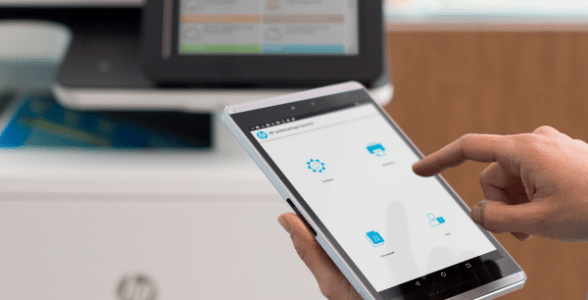
Founded in 1971, Hollis Global is a leading independent commercial building surveying consultancy operating in the UK, Ireland and mainland Europe. Headquartered in London, the company operates from 19 locations.
TECHNOLOGY REFRESH TO SUPPORT UNCOMPROMISED CUSTOMER SERVICE
The print environment at Hollis Global was due a refresh. Costs were high, devices were clunky and unreliable and the IT supplier supporting the equipment was slow to react to issues. The company made the decision to overhaul its printer fleet in order to generate cost savings and enhance the user experience through the provision of high-quality technology devices. As a professional services company, Hollis Global places great importance on the need for quality and speed in their print environment.
“It’s essential that staff have access to facilities that permit high-class customer service as we often have tight deadlines. For example, we may need to print a client report at 4pm to ensure it’s in the post before 5pm for delivery the next working day, and so we don’t want to have to wait over 30 minutes for the document print.”
-

A DEPENDABLE MANAGED PRINT SERVICE
Jenni Franzmann, IT Project Manager at Hollis Global evaluated available options before awarding the tender, “We explored options with a number of different manufacturers and partners. Some offered good technology and support but costs were too high. Others were cost effective but lacked sufficient support and product functionality. We needed to find a complementary balance and HP and DTP offered us the full package.”
Enterprise multi-function devices were deployed in all locations and Equitrac secure pull print software was installed to manage end user services. As part of the service, the IT solutions provider now monitors and maintains the companies MFD’s and wide format devices, supplying toner replenishment, parts and equipment as and when required. DTP will also shortly be expanding into Europe with Hollis Global as the company looks to widen their global reach.
-

HIGH PERFORMANCE, REDUCED COSTS
Since partnering with DTP, Hollis Global has achieved a number of significant benefits using cost effective IT solutions. Fewer printers are now required due to the high performance of new devices, resulting in a reduction of capital spend, electricity usage and CO2 emissions. The upgrade to the latest technology has also improved print quality and increased speeds and output.

